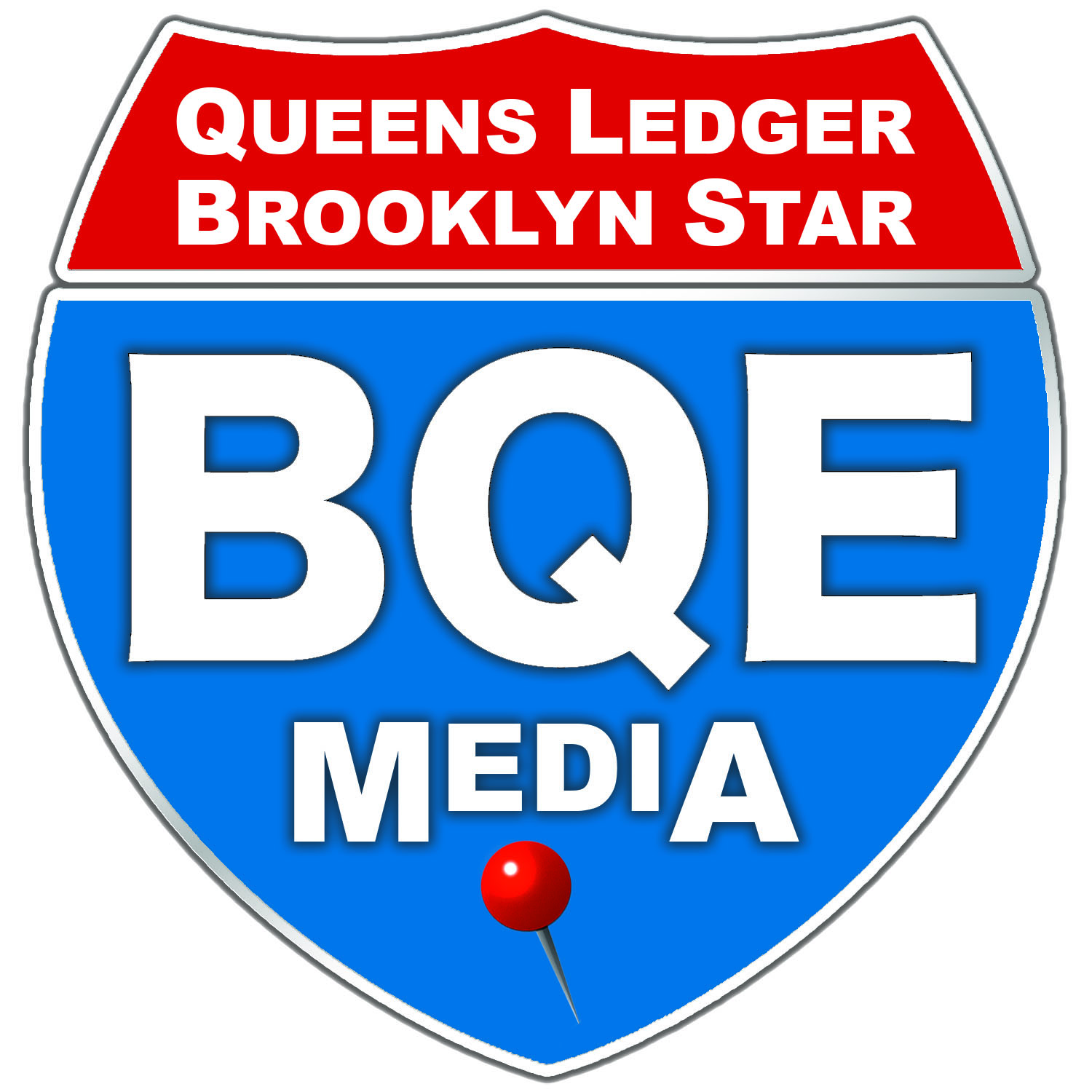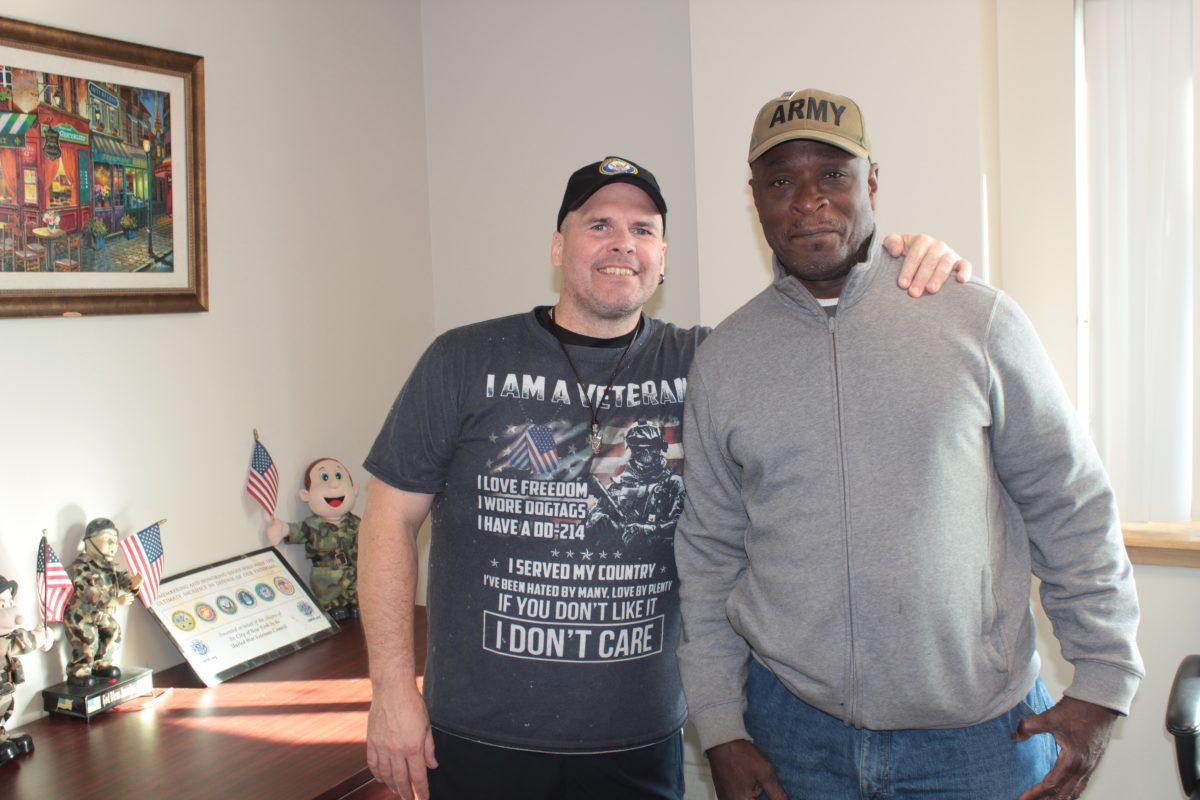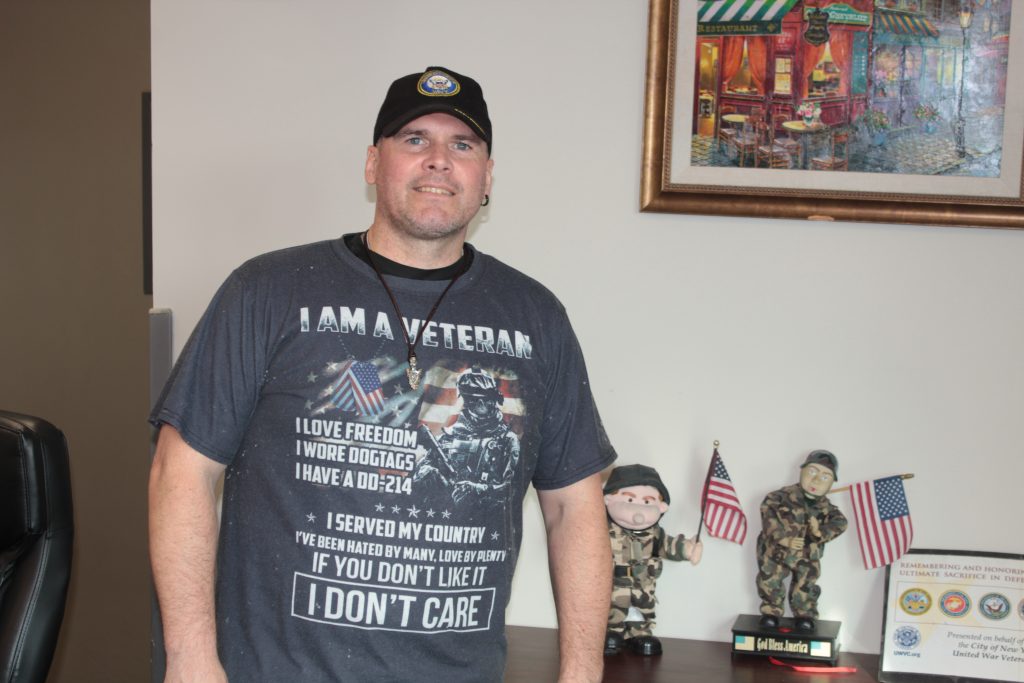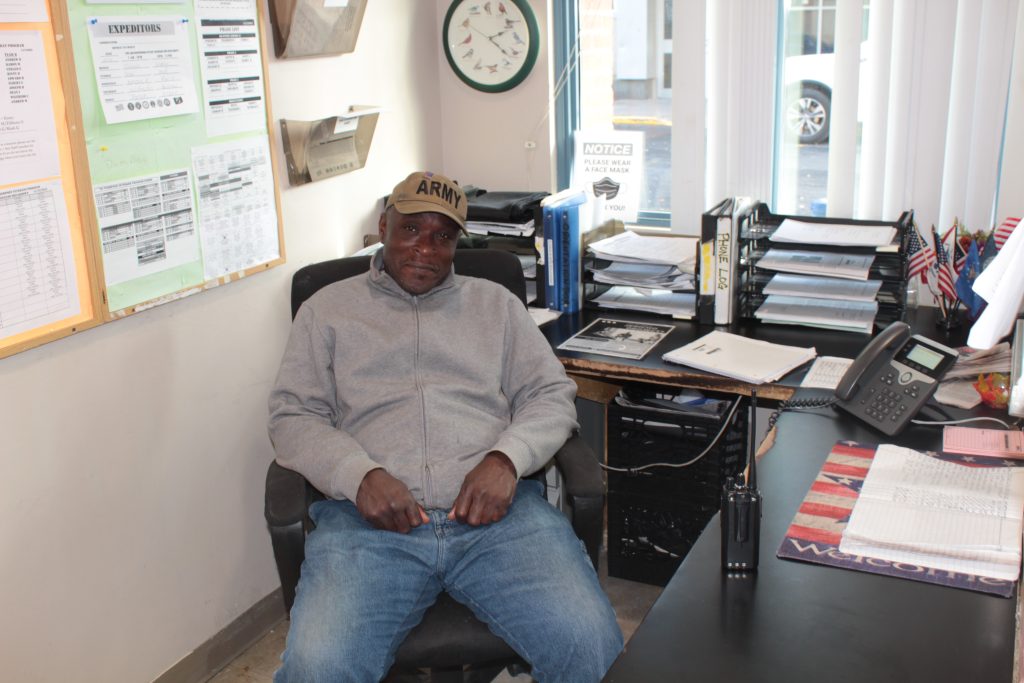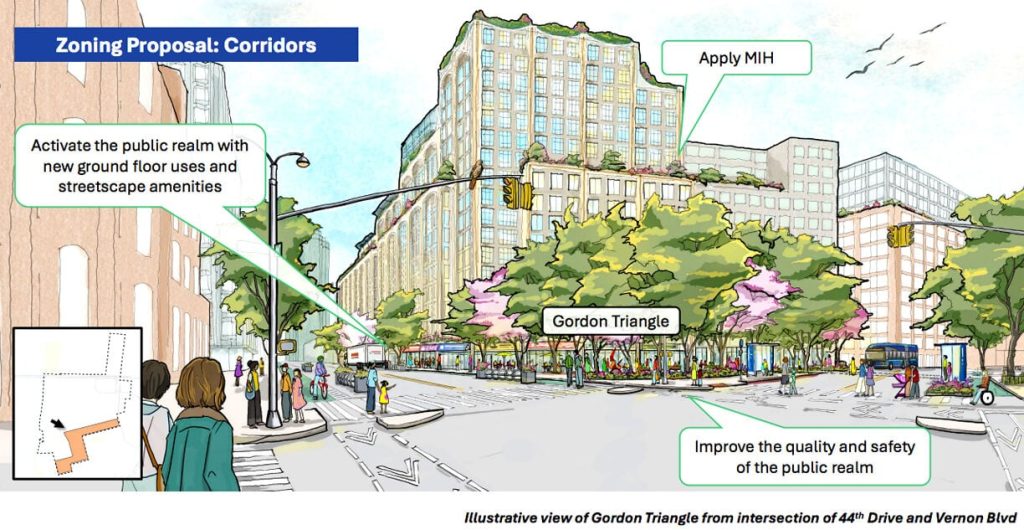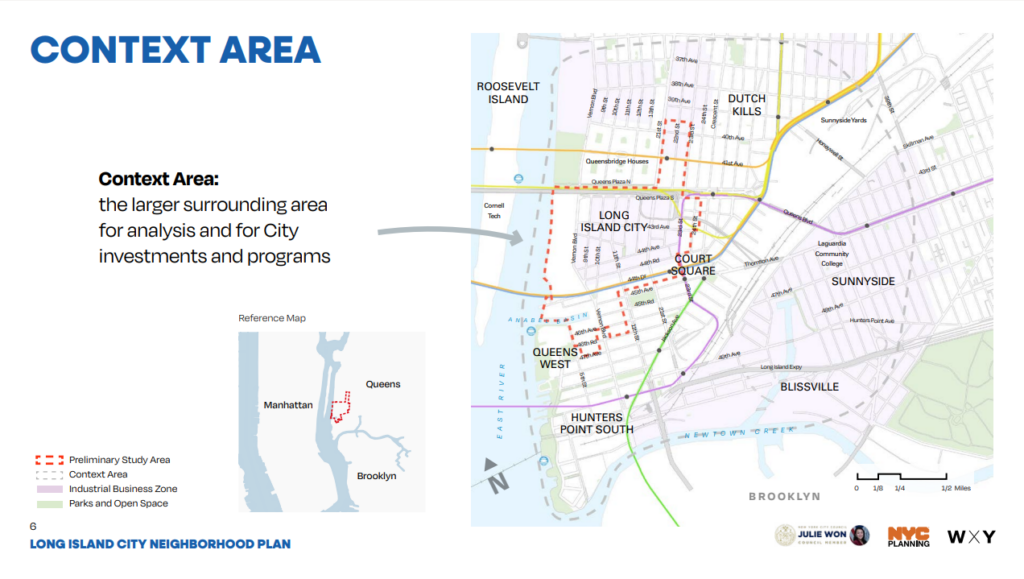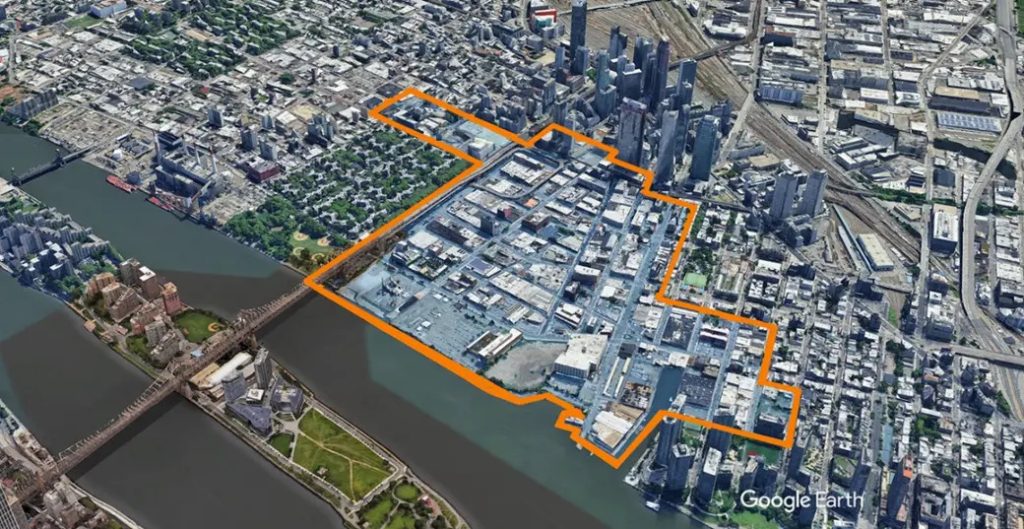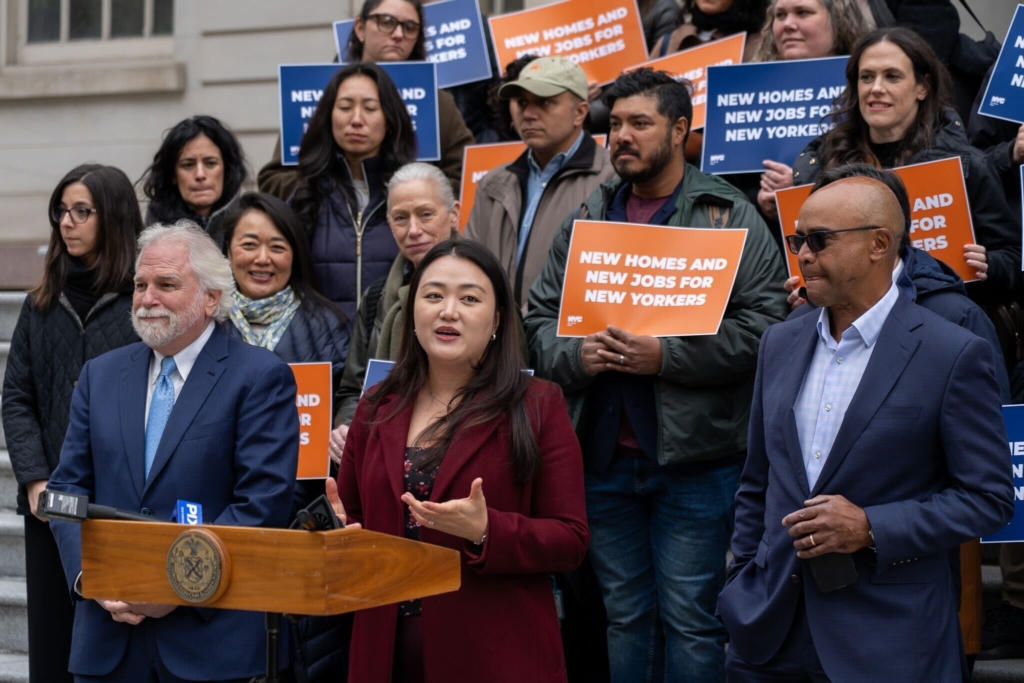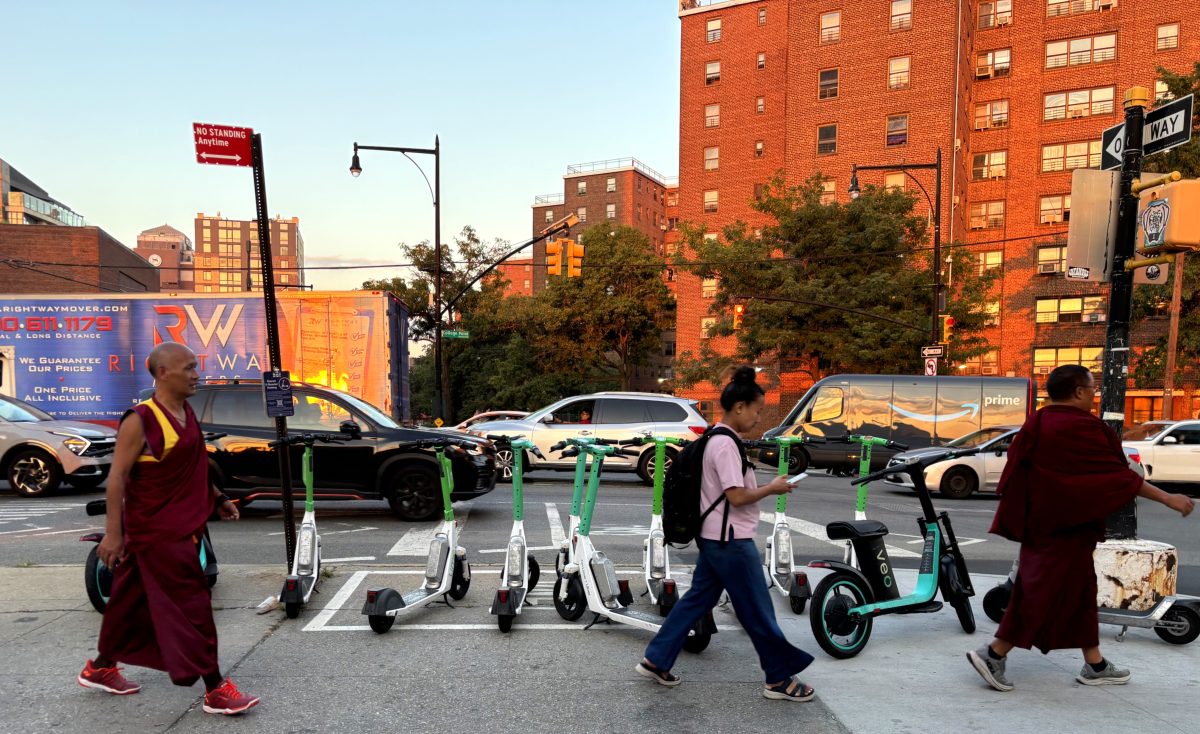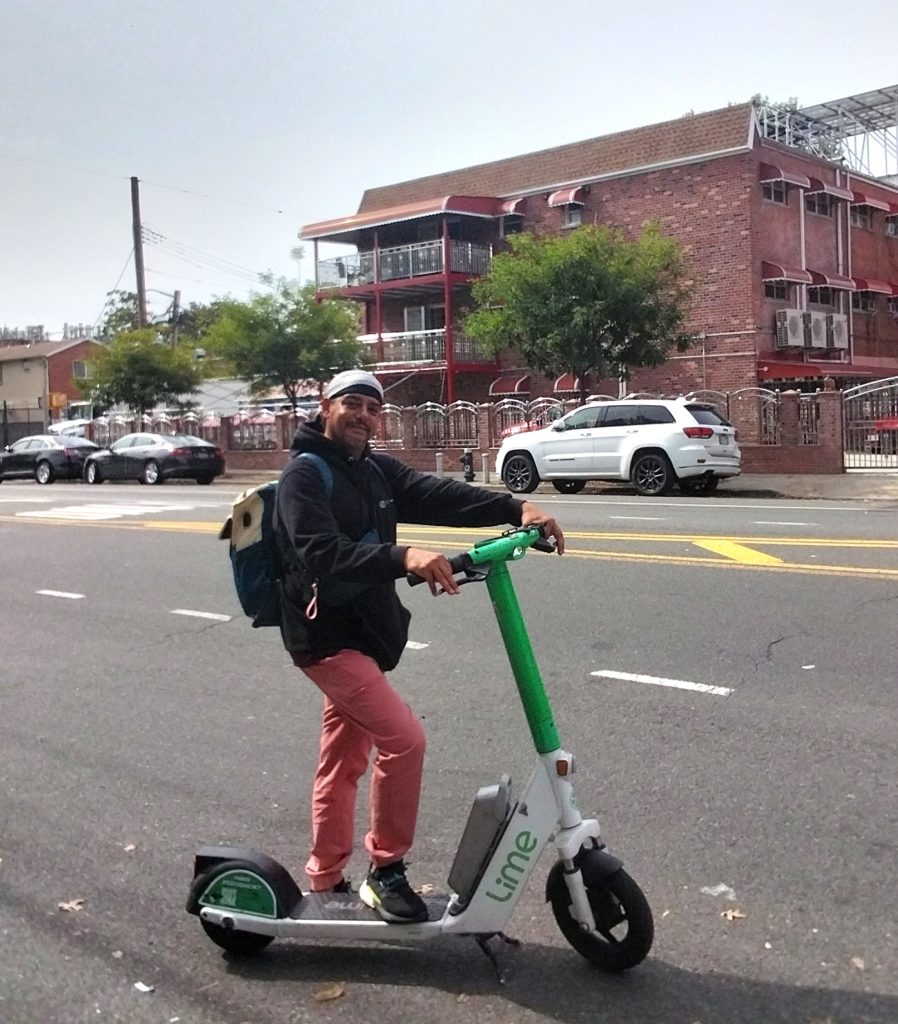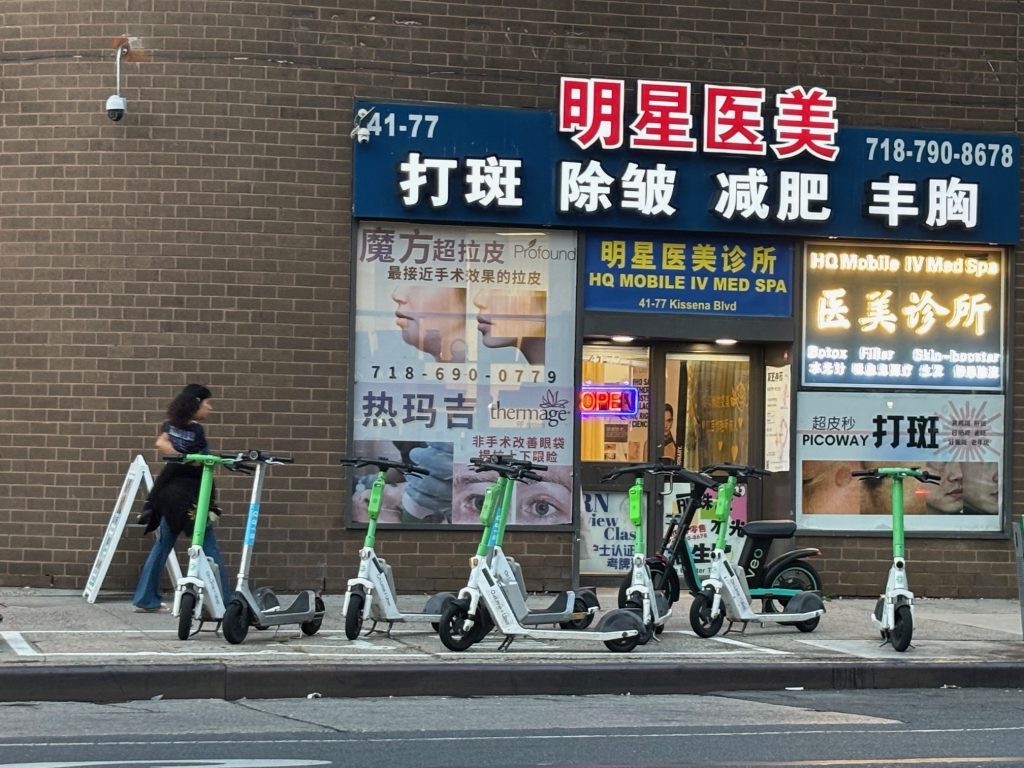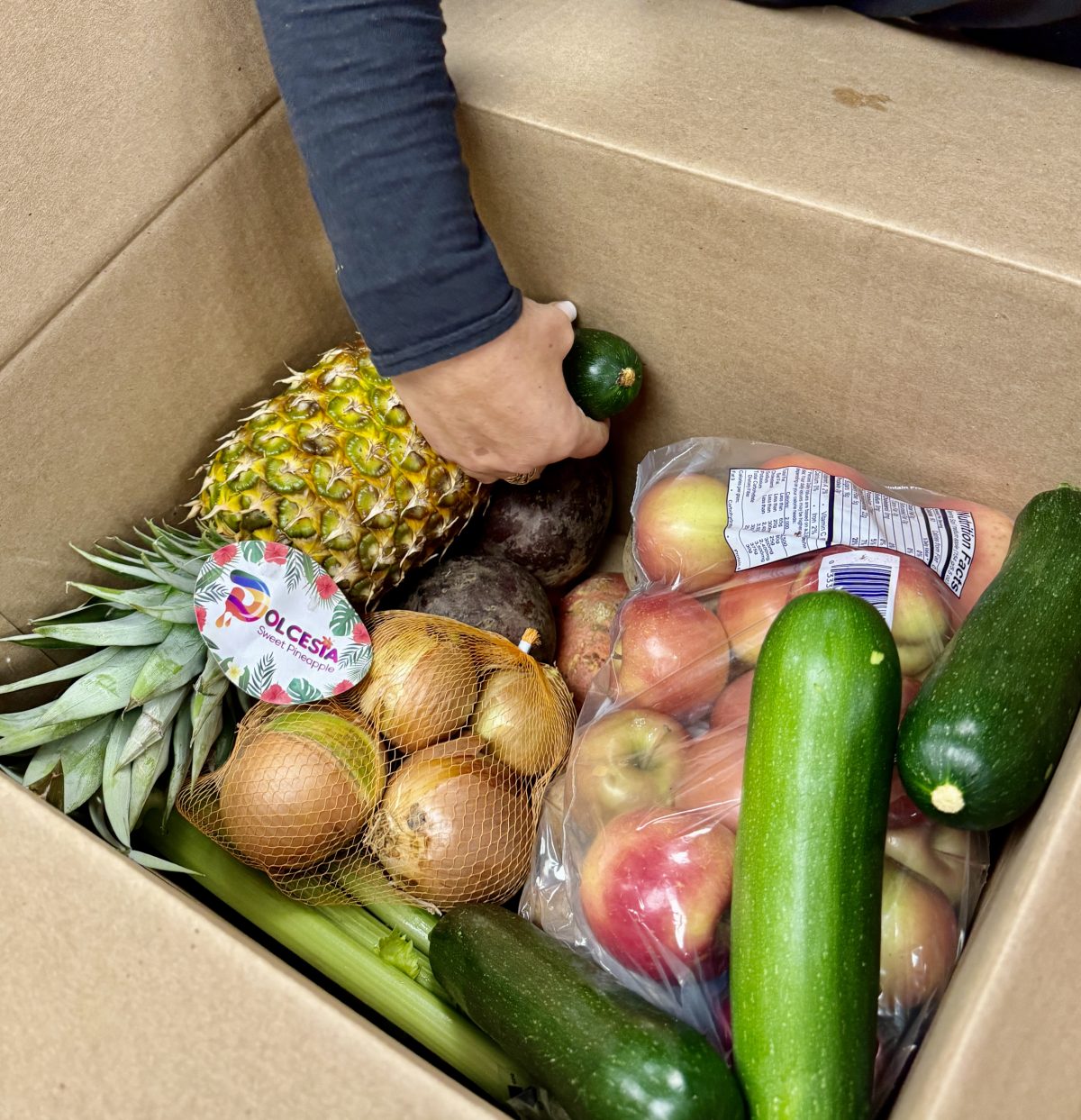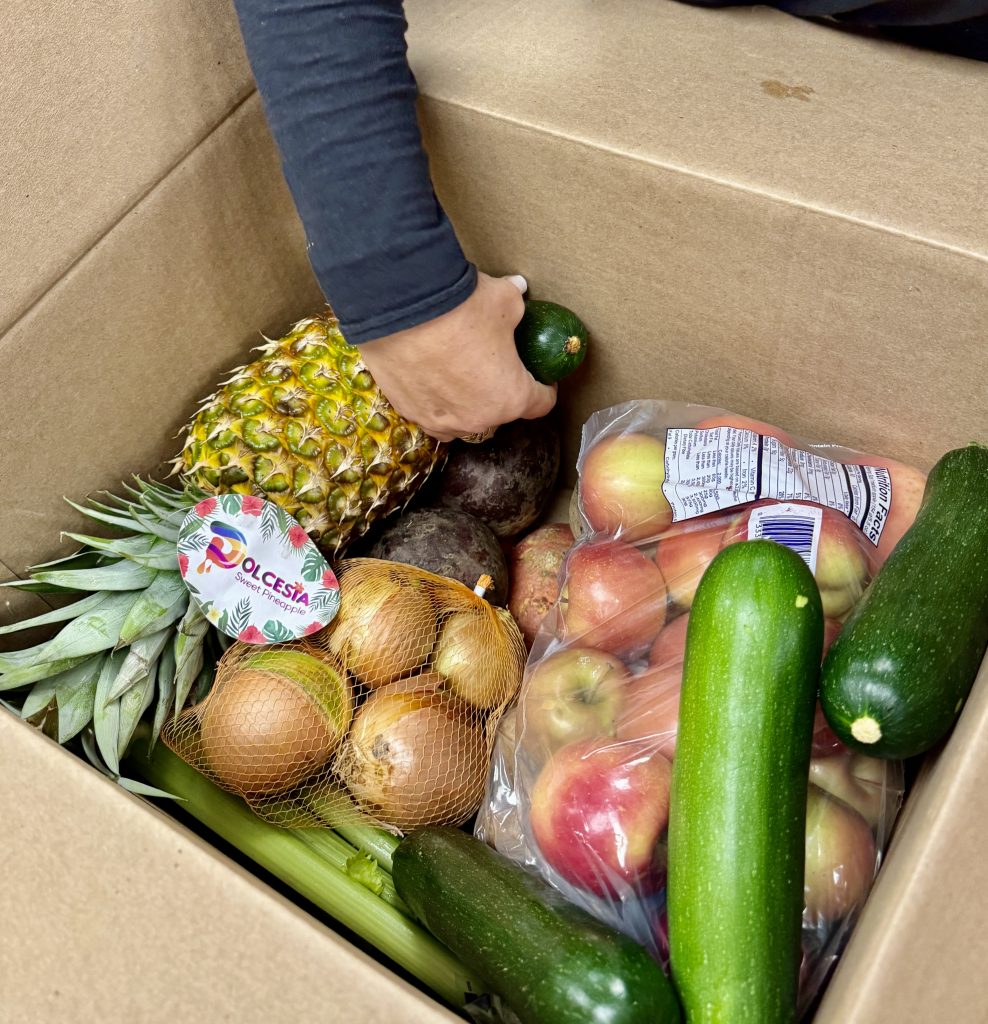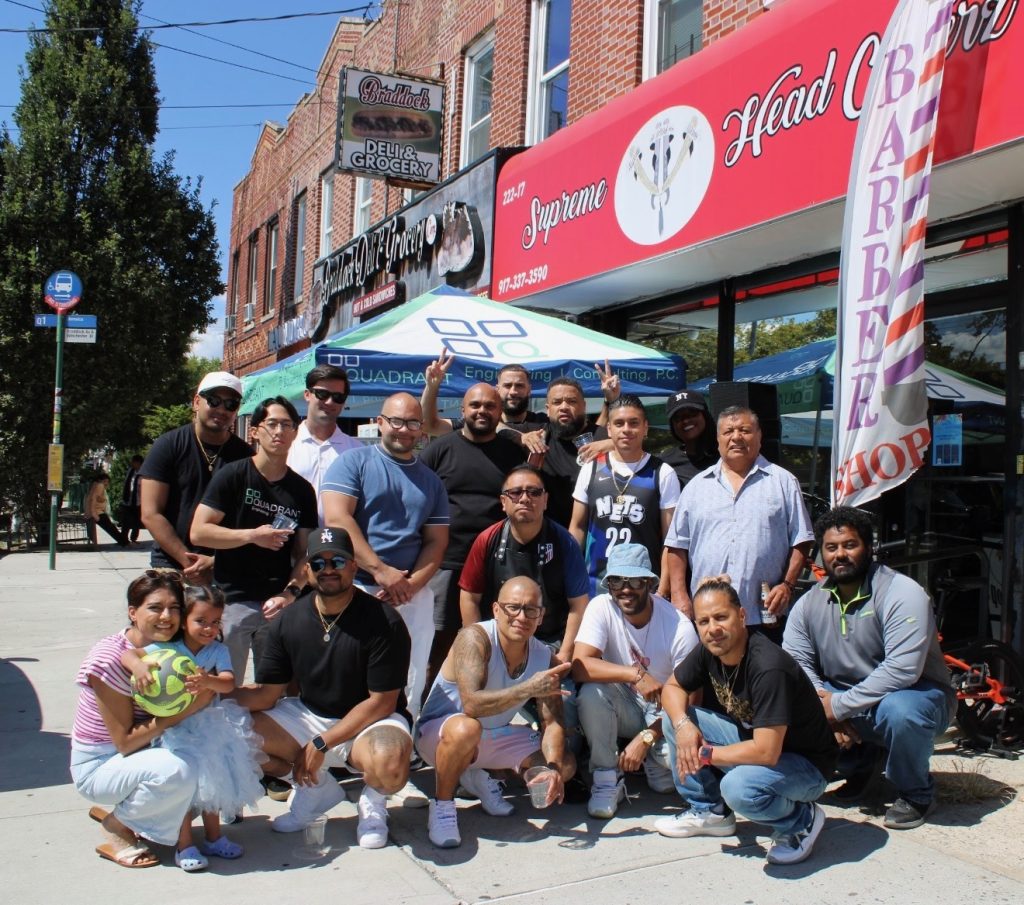The Most Important Election (Almost) Nobody Gets to Vote In
Robert Hornak
Robert Hornak is a veteran political consultant who has previously served as the Deputy Director of the Republican Assembly Leader’s NYC office and as Executive Director of the Queens Republican Party. He can be reached at rahornak@gmail. com and @roberthornak on X.
Now that the most consequential election most affecting the daily lives of NYC residents has been decided, the election for mayor, the race for the second most consequential election begins. No, it’s not the race for governor.
In this race you won’t see any TV ads, social media memes, people knocking on doors with literature, or phone bank operations. In fact, you may not hear much at all about this race until it’s over. It’s the race for Speaker of the City Council, the second most powerful position in city government, designed to match the power of the mayor in many ways. And there are only 51 eligible voters.
Mayor of NYC is often referred to as the second most difficult job in America, after President. But the Mayor is also given immense power by the city charter to implement his vision for the city. The mayor and his team administer all city services, through a multitude of city agencies for which the mayor appoints the heads. That includes police, fire, sanitation, and education. The mayor also appoints City Marshalls and judges and sits on the boards of many cultural organizations like the Metropolitan Museum of Art and the Museum of Jewish Heritage.
The office of mayor has been with us since colonial times, takingits modern form with the election of Robert Anderson Van Wyck in 1897 after the consolidation of the five boroughs into one city.
The office of Speaker, however, is a relatively new creation. There has been a form of council since colonial times as well, but the way the council was set up and operated has changed dramatically. Prior to the consolidation, there was a Common Council and then a Board of Aldermen. Along with the modern Council, the Board of Estimate was also created, made up of eight ex-officio members, the Mayor, Comptroller, President of the City Council, and the five borough presidents.
The Board was responsible for many of the most important aspects of city government, including land-use and the budget, but the votes were not equally apportioned, giving more power to the Mayor, Comptroller, and Council President. The City Council was set up with a mix of districtbased representatives and at-large members from each borough. It was, to say the least, a very messy system designed to keep control of the city in just a few hands.
In 1989, the Supreme Court found this entire system unconstitutional and a violation of the Equal Protection Clause and the principle of one man, one vote.
The Charter Revision Commission wrote up a revised version of city government that was approved in a citywide referendum in the 1989 election.
The Board of Estimate was abolished and a new City Council, with expanded powers, was designed with 51 members, each representing their own district and with an equal vote in the council. The President of the City Council was changed into the Public Advocate, and the position of Speaker was created, with great power in the council, including assigning all committee chairs and essentially controlling what legislation makes it to the floor for a vote and what stays bottled up in committee.
As each Council is sworn in for the new term, the first order of business is to elect the Speaker. That is done after months of behind the scenes deal-making between powerbrokers in clubhouses and back rooms all across the city.
There are currently five candidates vying for the job and the support of their fellow council members. Julie Menin, Crystal Hudson, Christopher Marte, Selvena N. Brooks-Powers, and Amanda Farias. Menin and Hudson appear to be the two front runners, with Menin the candidate that the more moderate councilmembers are rallying around, and Hudson the choice for the socialists.
The moderates want someone who will use the powers of the Speakers office to check the pow- er of the mayor and make sure responsible choices are made to run the city. The socialists want radical change. Keep an eye on this race, it just may determine the city’s future.
